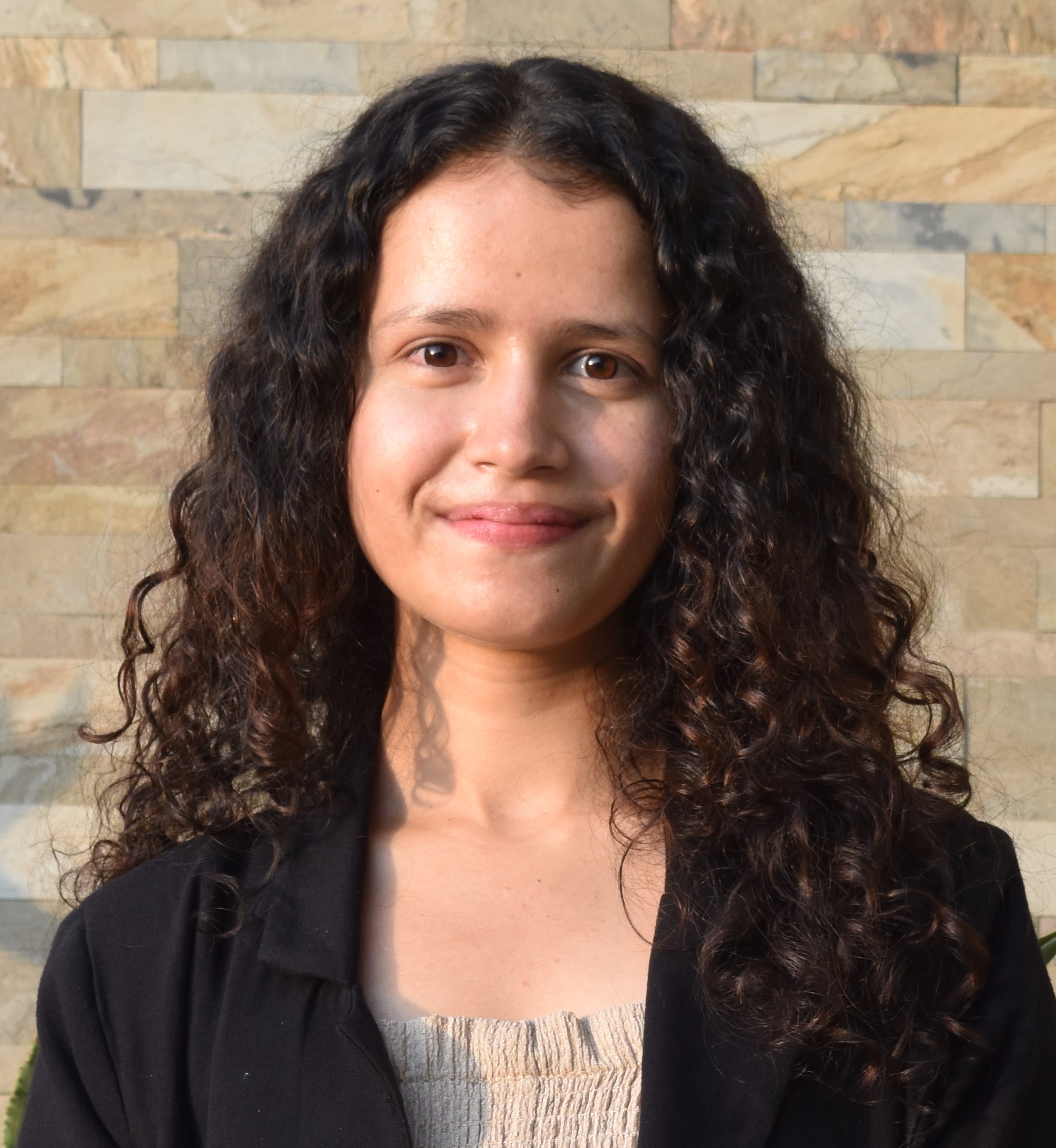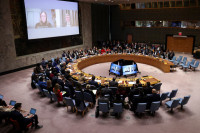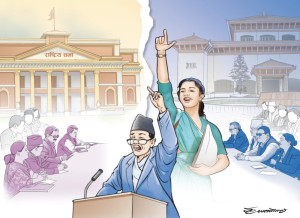Columns
Missing Dalits in research bodies
The issues of Dalits won’t be taken seriously when nobody is in the team to put them forward.
Sagoon Bhetwal
Research institutions in Nepal have constantly been pushing for inclusive development. Their push for evidence-based policymaking can shed light on social challenges and also guide us to create interventions to benefit marginalised communities. However, most Nepali research institutions promoting inclusive governance, human development and social justice do not reflect the diversity of Nepali society.
We can find that practices of mentoring/ advising had been carried out earlier by rulers in the country. While high-caste Brahmins led such practices, advisory bodies such as Panchakachari, Dharmiksava, and Vardarisava were formed during the Lichhavi and Malla dynasties. Likewise, pandit groups were such advisors during the Rana and Shah dynasty. These groups would advise the rulers based on Hindu philosophies and texts such as Manusmriti. Caste duties were performed based on their advice and mentoring. However, the legacy of such practices is still continuing through established research institutions. Be it governmental or private/non-governmental institutions, their composition predominantly consists of the upper caste and class.
Except for Samsodhan Mandal, which was established in 1952, private and non-governmental research organisations were established after the political change of 1990. In a study carried out in 2000, titled Nepal Ka Jatiya Prashna: Samajik Banaut Ra Sajhedariko Sambhawana, Govind Neupane analysed the ethnicity in the academic and administrative units of the Tribhuvan University (TU). He presented the institution as a Khas Sansthan based on its composition.
Later, in 2002, Krishna Hachhetu studied the social profile of researchers and professors affiliated with TU. He looked into the History, Political Science, Economics, Sociology and Anthropology departments, and research institutions under TU, including the Centre for Nepal and South Asian Studies (CNAS) and the Centre for Economic Development and Administration (CEDA). According to the study, only 11 percent among the 157 members of that organisation were women. Among them, 88 percent were Brahmin and Chhetri, 26 percent were Newar, and 5 percent other hill tribes. Similarly, there were only 8 percent Terai Madheshis, none of whom were Dalits. (Krishna Hachhetu, CNAS, Vol. 29 (1), P. 49-95, 2002). In the same way, Kiran Gautam analysed the caste profile of the initial committee of the Nepal Pragya Pratisthan from 2012 to 2072. The leadership of the Pratisthan consisted of 63 percent Brahmin-Chhetri, 20 percent Newar, 6 percent Madheshi, 5 percent Rai-Limbu, 2 percent Gurung and Magar, and 1 percent Thakali and Dalits. Another government body active in knowledge production is the Policy Research Institute, holding 73 percent Brahmin Chhetri, 15 percent Newars and 12 percent Dalits. Similarly, Madheshi, Gurung, and Jirel have one percent representation each and Tamang two percent (Himal Monthly, Sharwan, 2079 BS). The studies mentioned above show that the diversity of Nepali society is not seen in our knowledge-production institutions, especially those led by the government. The gap in social inclusion remains the same in non-governmental research institutions.
I have analysed the team composition of the leading 15 non-governmental research institutions in Nepal, which consisted of their board members, advisors, staff, interns and volunteers. Be it an institute with nine members or another with 50 members, the inclusion of Dalit team members lingered at just one individual (with the exception of two institutions). To great disappointment, around 10 such institutes did not even have a single individual from the Dalit community. Similarly, the inclusion of women in these institutions is equally disappointing. Only 6 of the 15 institutions had 50 or higher percentage of women members as directors and research staff. This exclusion of Dalits and marginalised communities in non-governmental research institutions raises two major concerns. First, our research sphere has become exclusive to the upper and privileged caste/ class. Despite changing societal context, the composition portrays that knowledge production is still meant to be led by a certain few. Such exclusions based on knowledge also determine who gets to hold power. As Michel Foucault has said, “The exercise of power perpetually creates knowledge and, conversely, knowledge constantly induces effects of power”. Therefore, it is not just about representation—a matter of acknowledging existence. Rather, our research institutions need to become inclusive to indeed welcome the presence and perspectives of Dalits and produce knowledge with their contribution and leadership. Second, the knowledge we produce is biased when we speak from our perspective and speak for the community rather than speaking with the community. The chances are high that issues of Dalits won’t be taken as a matter of urgency when nobody is in the team to put it forward. This is evident with the inadequate research on the status of the Dalit community. And even if a matter arises, the narrative can be flawed when based on assumptions rather than experiences.
Under the caste system, Brahmins were put at the top of the hierarchy and were endorsed as intellectuals. This rigid system prohibited producing knowledge and disseminating spheres to the bottom-level people and the people outside the system. But what’s the worth of our research institutions if they don’t represent the people we advocate for and become exclusive to a privileged few? Therefore, we can urge that the exclusive nature of research institutions is deliberately created to support the caste system for dehumanising Dalits through producing single narratives. The contribution of research institutions is undoubtedly significant and needs to be fostered. But such contributions can be questioned if their producing members and production are not representative of the diverse community that our policies will later impact. It is of utmost importance to be based on evidence that relays people’s status and lived experiences as we plan and carry out our development initiatives. As we identify our policy agendas, we should be able to prioritise the needs of marginalised communities that comprise a significant proportion of our population and who have historically, socially, and systematically suffered the most. This should also reflect in the composition of the institutions we create.
Research institutions create discourse about centring the most marginalised while making policies and uplifting them. But sadly, we have already fallen back because of their inability to ensure inclusion in the team they work with for such purposes. So, let’s start by questioning our institutions while we continue questioning our development priorities.




 6.84°C Kathmandu
6.84°C Kathmandu















